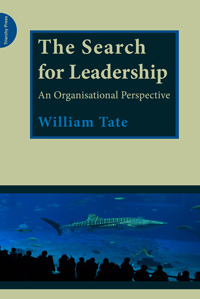The Search for Leadership: Key PointsHere are just some of the points that Bill Tate makes in The Search for Leadership. If you agree with most or all of them, you'll love the book. If this seems like completely new thinking, you should definitely read it (and use the Toolkit to implement the approach in your organisation). If it all seems like common sense and you've been doing it for years, please talk to us about your experiences - or write us a case study!
.
|
Read more:
|

